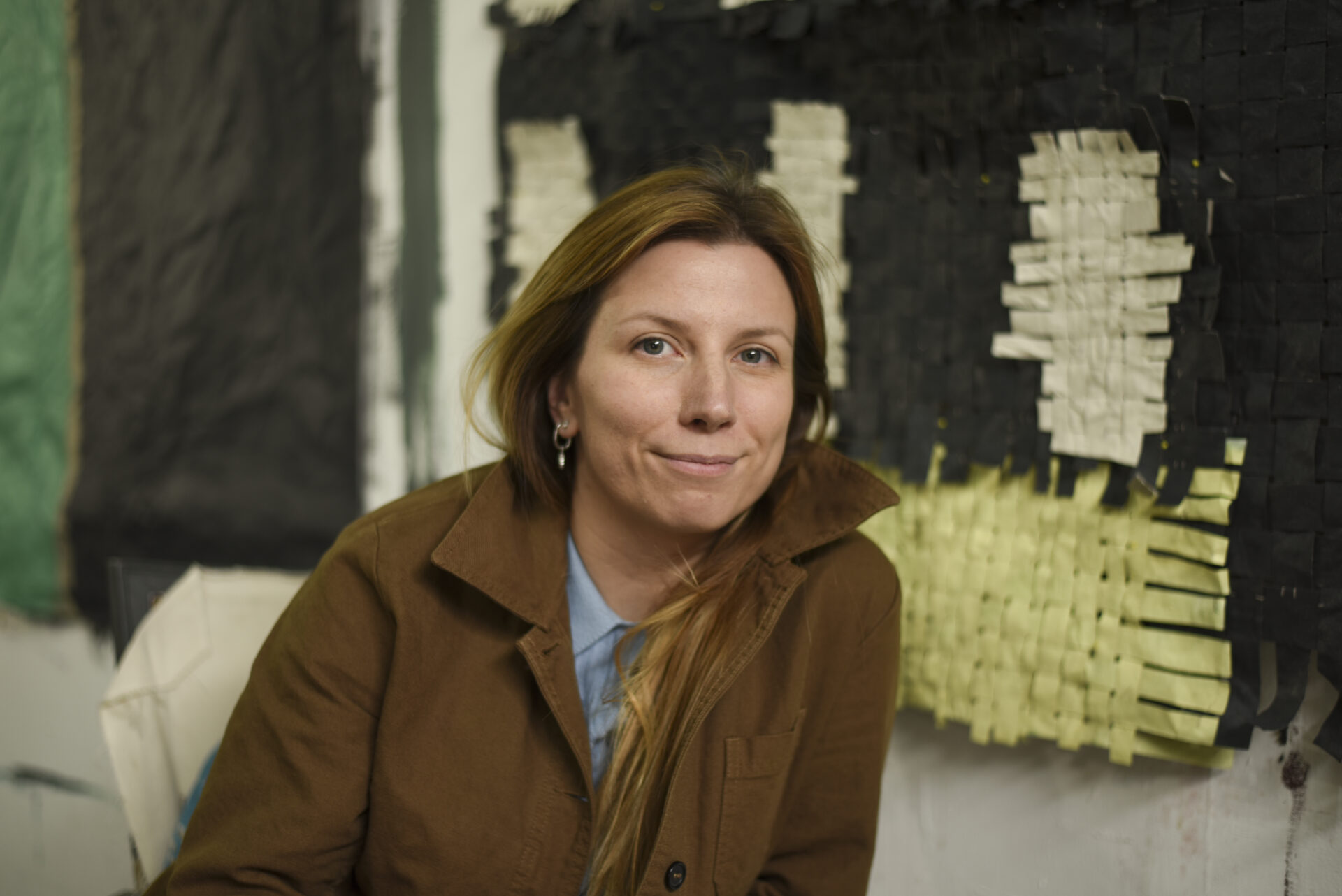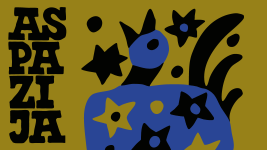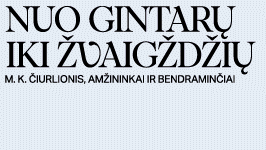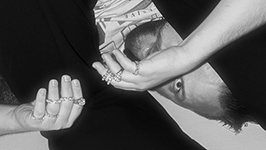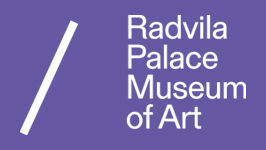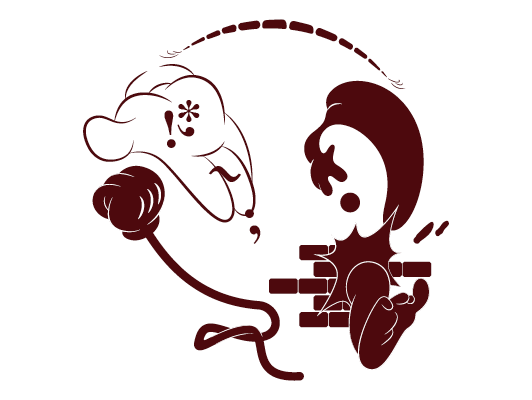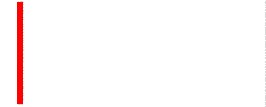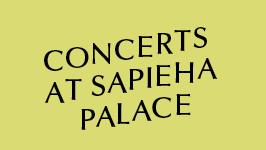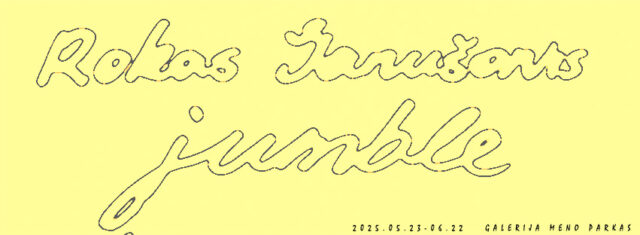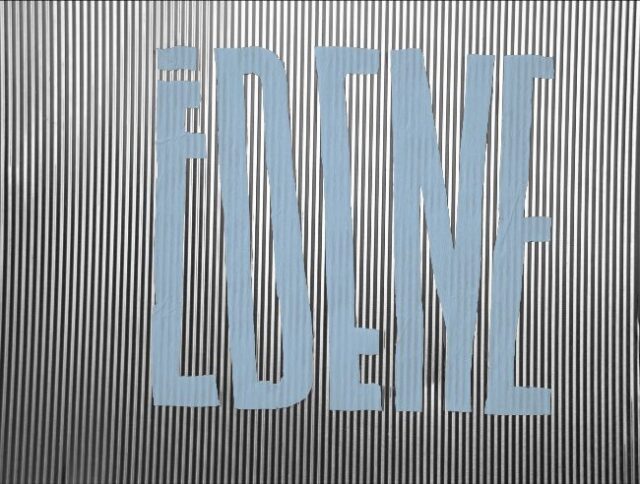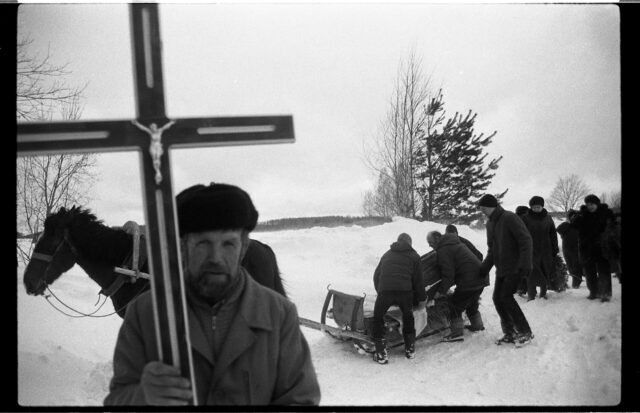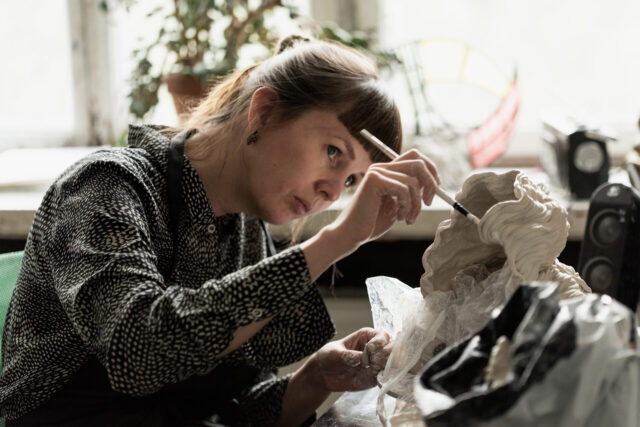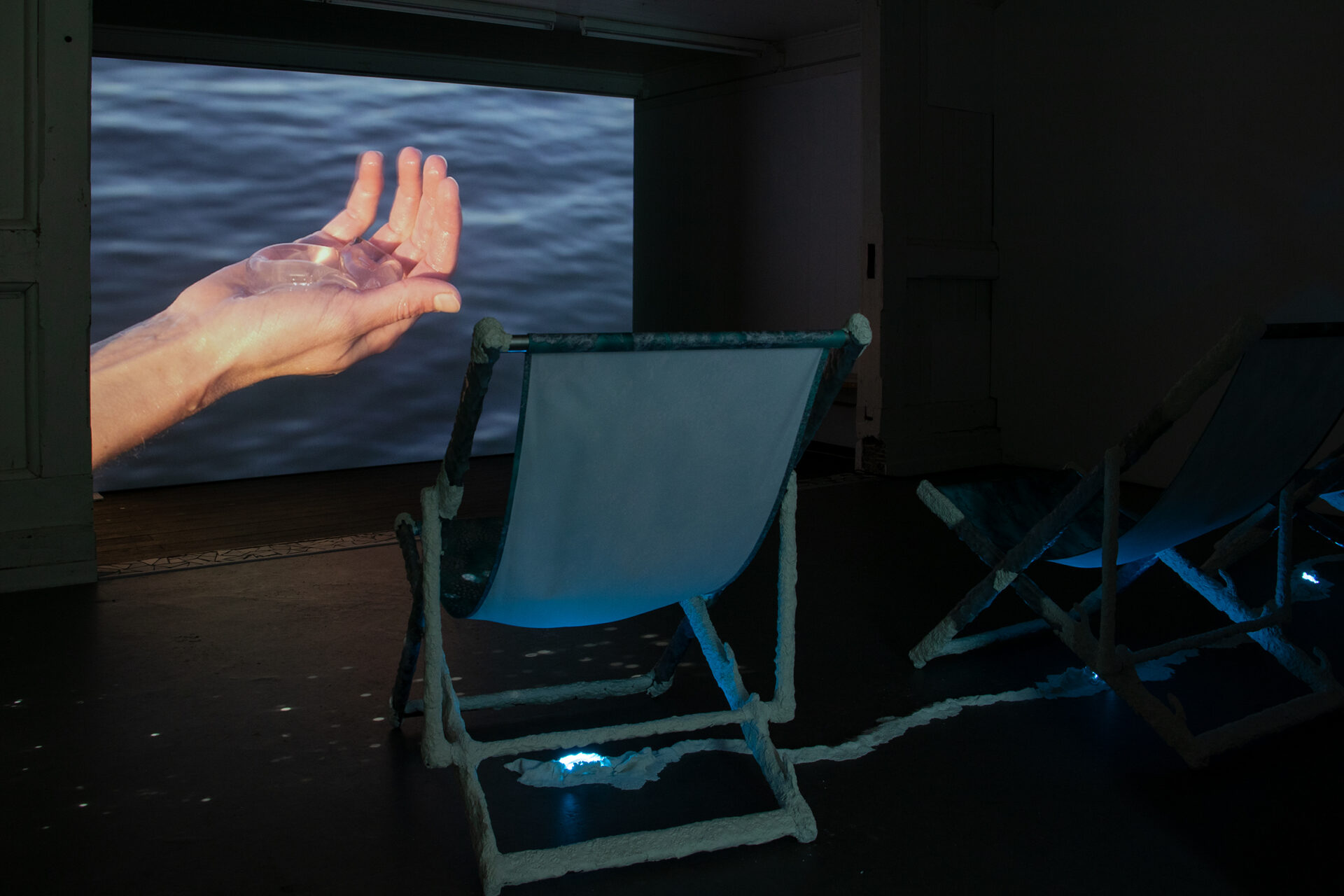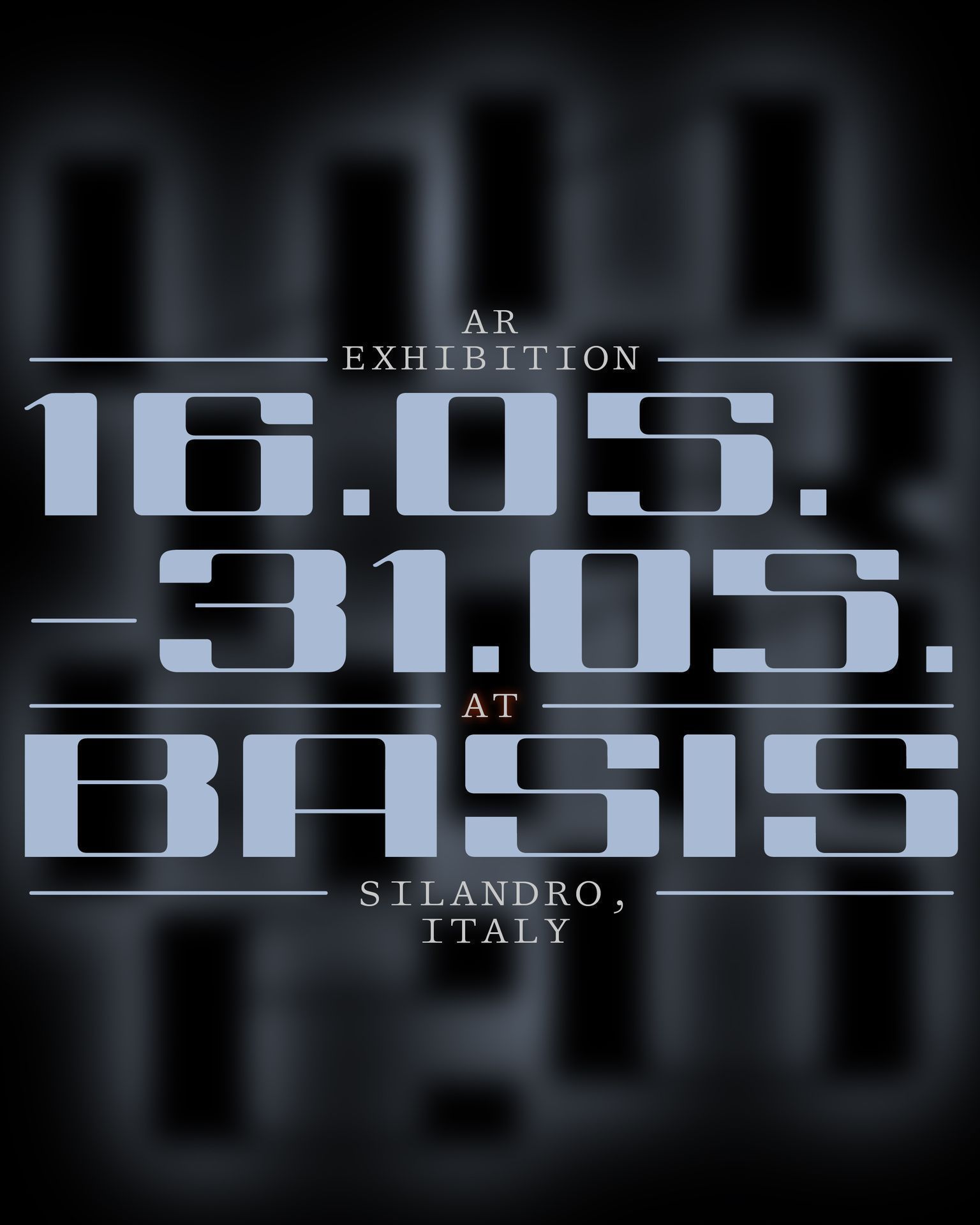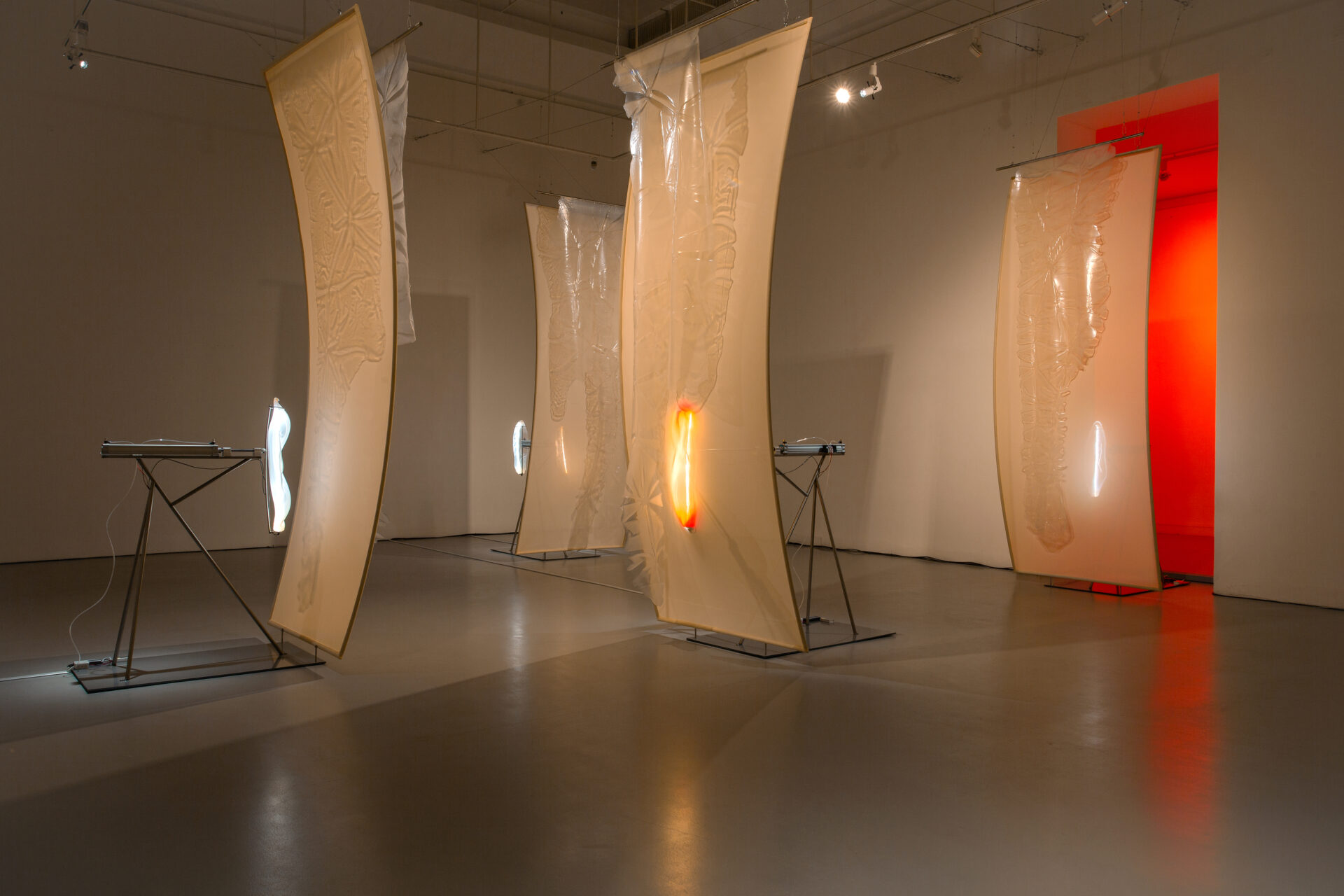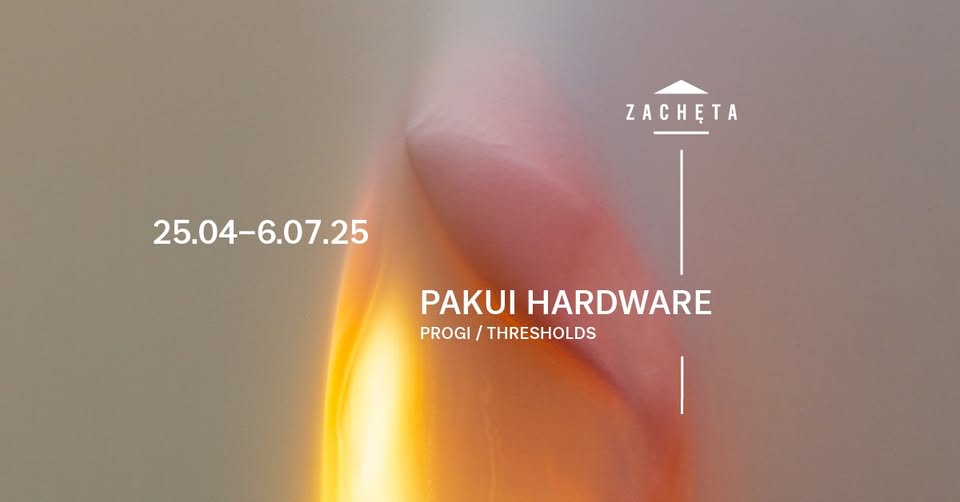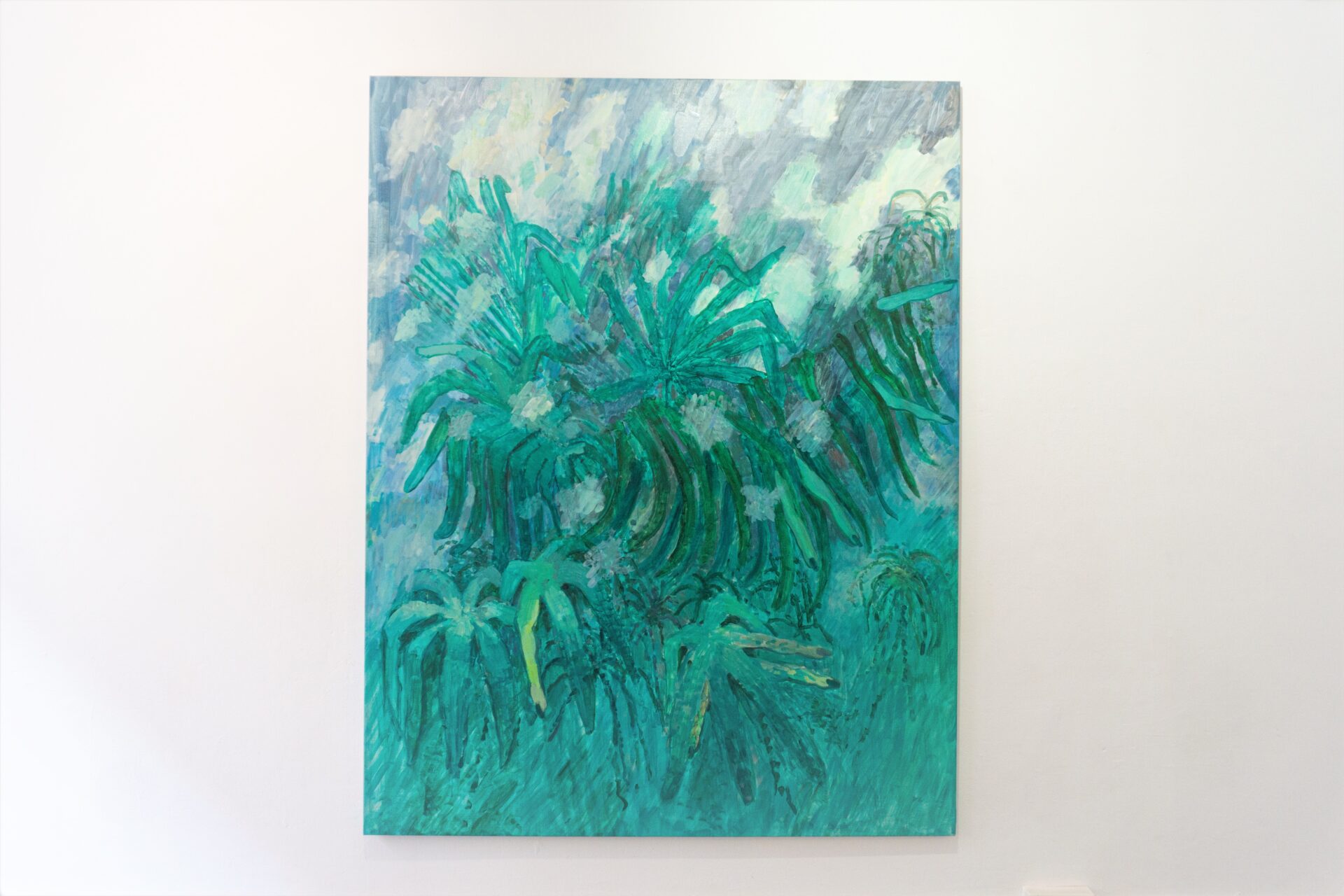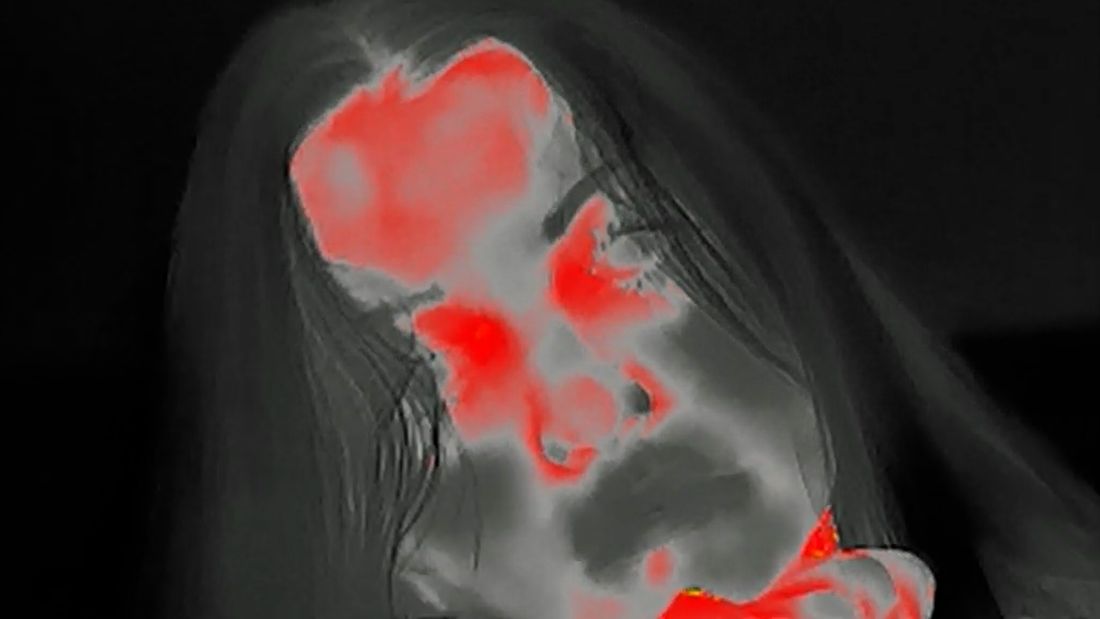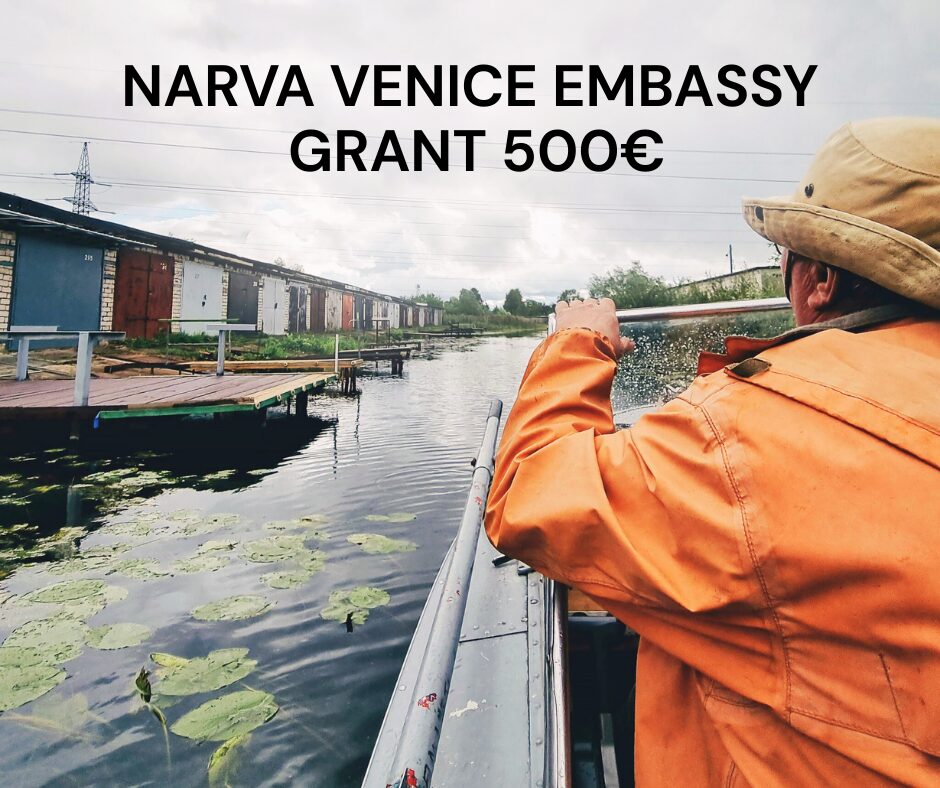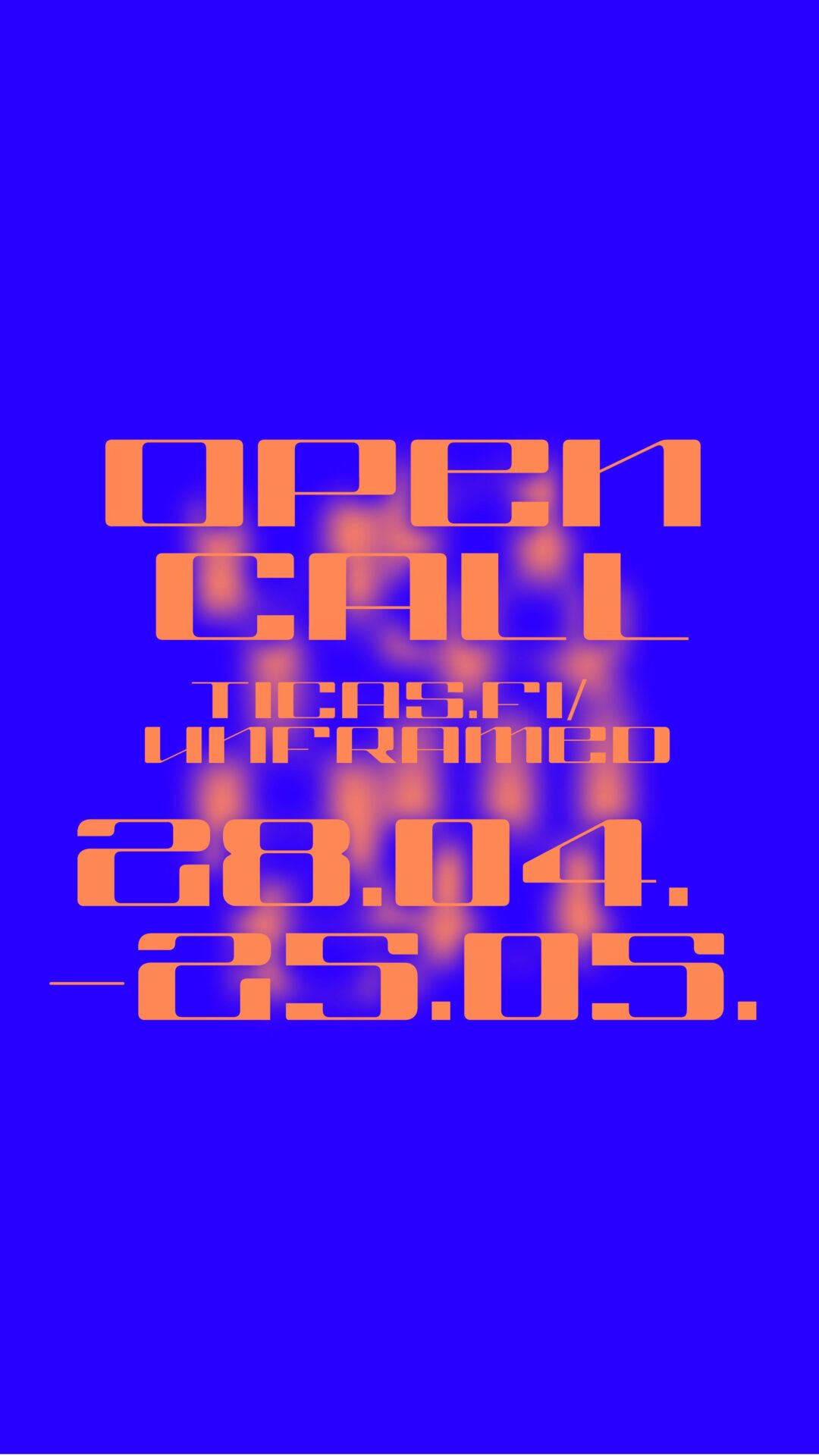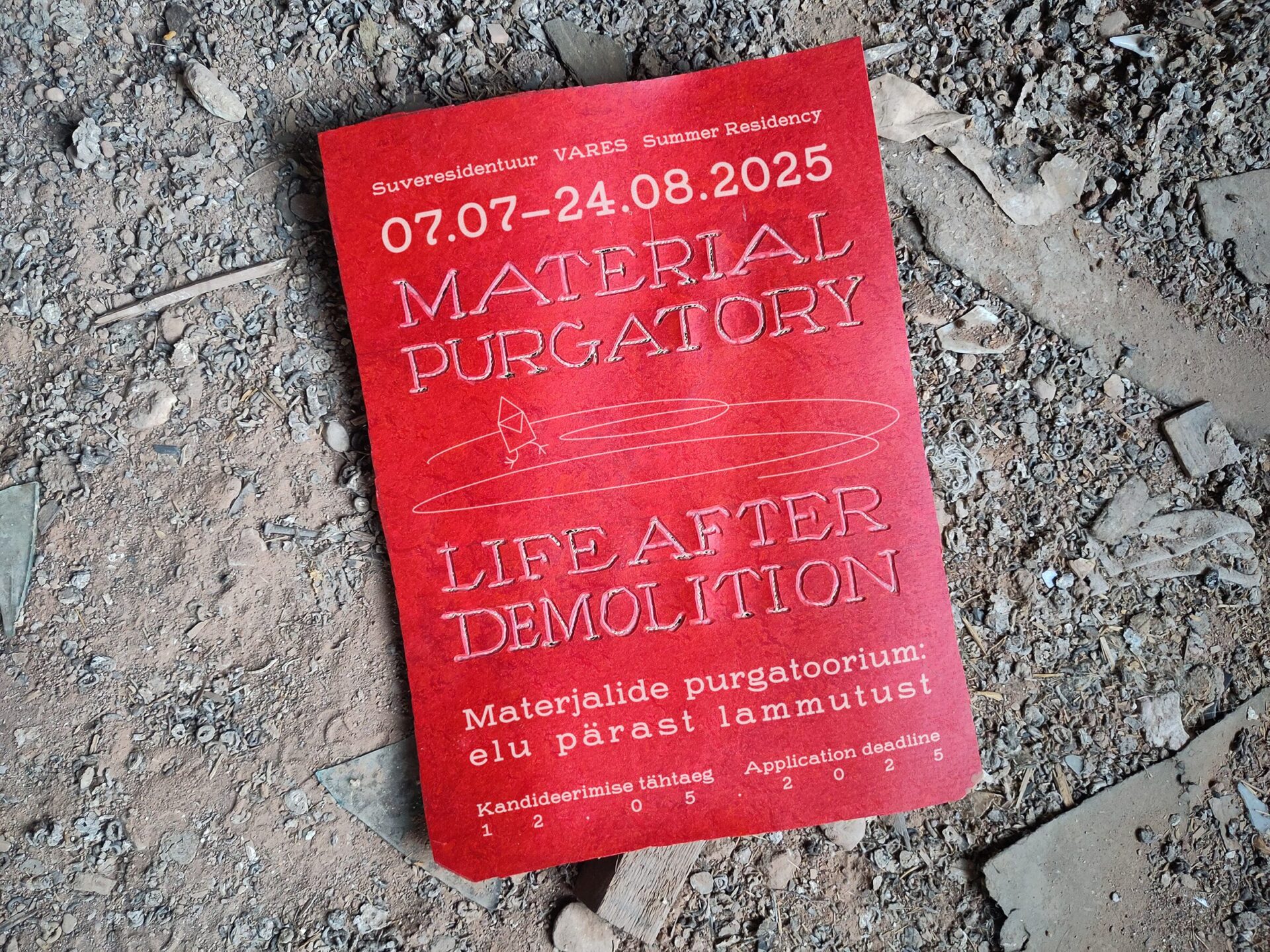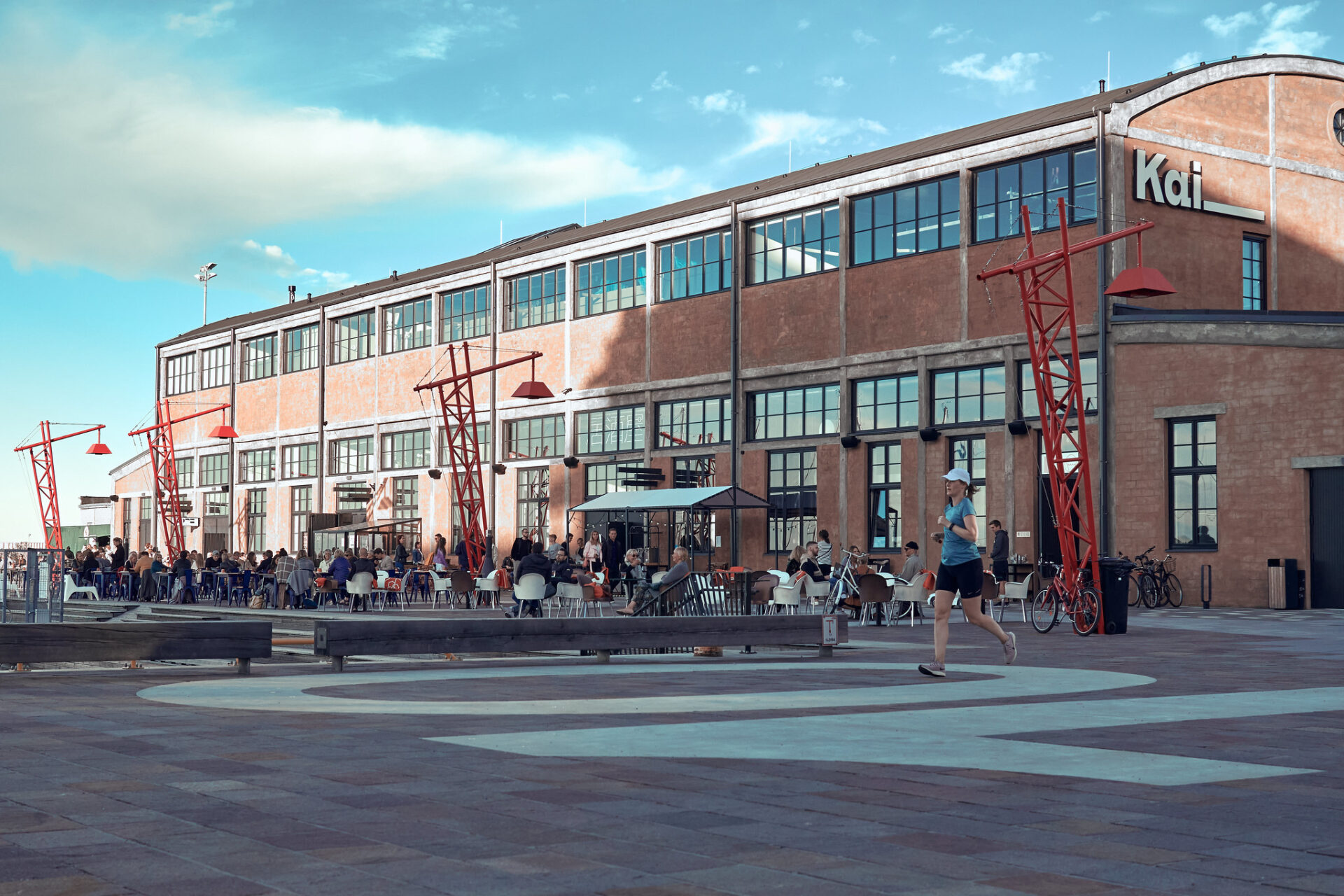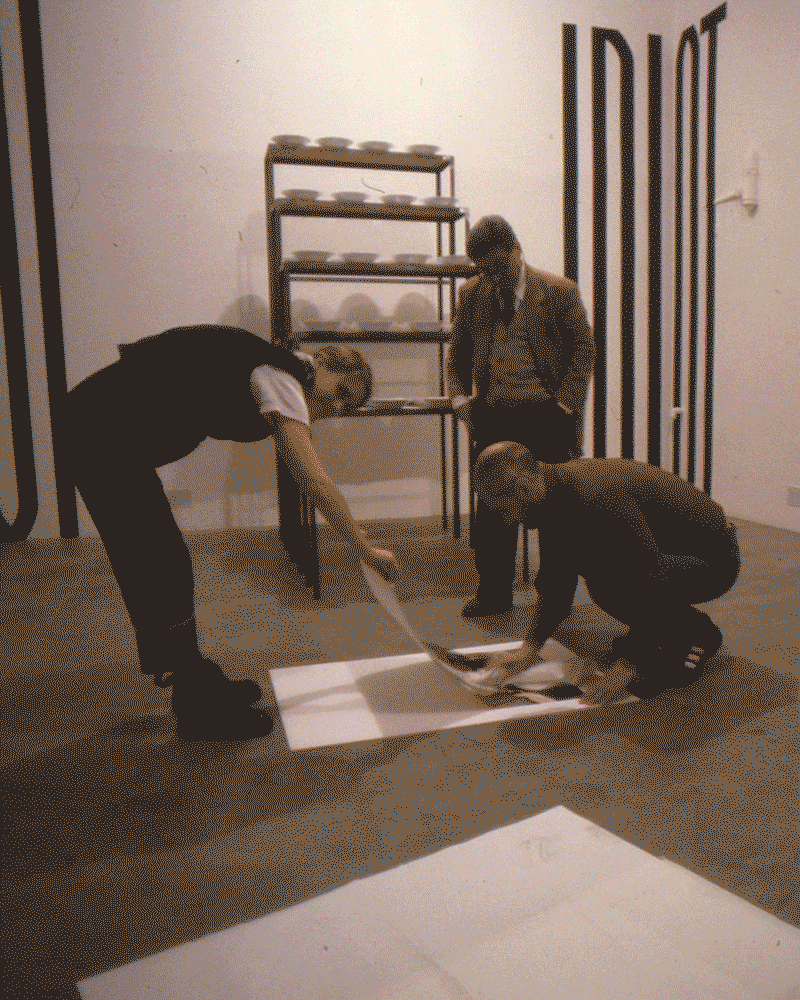Paulius Andriuškevičius: Let’s start with texts: I feel they’re important both to you and me. The last time we met in person, I gave you a book for your birthday, one I hadn’t read myself. I thought it might be about the creative individual, so I bought it, but honestly, it was more of a guess. Can you tell me about it, its impact, if any? That is, if you’ve read it.
Eglė Jauncems: Ah yes, your gift, Elizabeth Costello’s J.M. Coetzee, is sitting on my shelf, waiting its turn. I think it’s third in line, although it might get pushed further back … At the moment, I’m reading, or rather attempting to tackle, Maggie Nelson’s The Art of Cruelty. Are you familiar with it? This isn’t my first attempt to wrestle with the book, and it’s definitely not bedtime reading, or at least not for my current state of mind. Right now, unfortunately, the only time I have to pick up a book is before going to bed, under the glow of red light …
PA: I find it beautiful when you say Elizabeth Costello’s J.M. Coetzee, because while it’s true that J.M. Coetzee created Elizabeth Costello, characters often have a way of shaping their authors. If I could add something to that shelf, it would be Jon Fosse’s A Shining (perhaps as a gift for your next birthday). I haven’t read Maggie Nelson myself. Honestly, I find it amusing how I sometimes search for literature or films, typing something like ‘best contemporary writers’ into Google and sifting through various lists and cultural rankings. Nelson appears on many of those lists, as well as on that literature podcast ‘Otherppl’ you once recommended to me. That’s probably why I’ve been thinking of reading her work for a few years now, but my bookshelf also has its own backlog … The titles of your works often seem to reference literature: The Paler King (a nod to our shared favourite, D.F. Wallace) or Study of a Young Man as a Flower, which hints at Joyce, perhaps.[1] These titles have a certain humour to them, as do many of the characters you create. Why do you think that is?
EJ: Well, it seems I revealed myself right from the very first answer! Or, more precisely, my dyspraxia combined with my innate chaos took the lead. Everything in my mind is always tangled. Sometimes that chaos is fascinating and leads me to all sorts of ideas and thoughts, but at other times it’s exhausting, especially when I need to focus, avoid confusion, and somehow present myself as an educated person. Yes, it’s an undeniable fact that J.M. Coetzee is the writer. But the choice of the protagonist’s identity is so intricately crafted. I actually started reading the book but put it aside, although the first few pages painted a vivid image of the character. Elizabeth Costello struck me as such an intriguing, independent and strong personality that the author himself faded into the margin, becoming less important. I consider it a good start and will likely pick up the book again more than once.
As it happens, my work often draws on overheard snippets, situations, gossip, images, written or spoken words, and phrases. I don’t just borrow from book titles but also from radio, especially BBC 4. I have a particular love for conversations overheard on buses and trains, or in cafes. Sometimes I intentionally follow people in parks or simply stand nearby, blatantly refusing to move away. Living in a fragmented postmodern world, I find myself searching for symbolic meanings in these experiences. I have quite a few notebooks, and my studio desk is covered with notes of all colours. I’ll align myself with curator Cecilia Alemani’s sentiment by saying that writers use words better. But in the end, everything is a game. Of course, I love reading, it’s perhaps my second passion after music. Sometimes I simply want to initiate a dialogue with an author or a character.
As for humour, I’m not quite sure how to respond; it’s a rather delicate topic. Perhaps, at my core, I’m stuck in a state of constant existential nihilism. To survive, I need irony and laughter. As Slavoj Žižek once said, ‘If you see light at the end of the tunnel, you can be sure it’s just another train coming your way.’
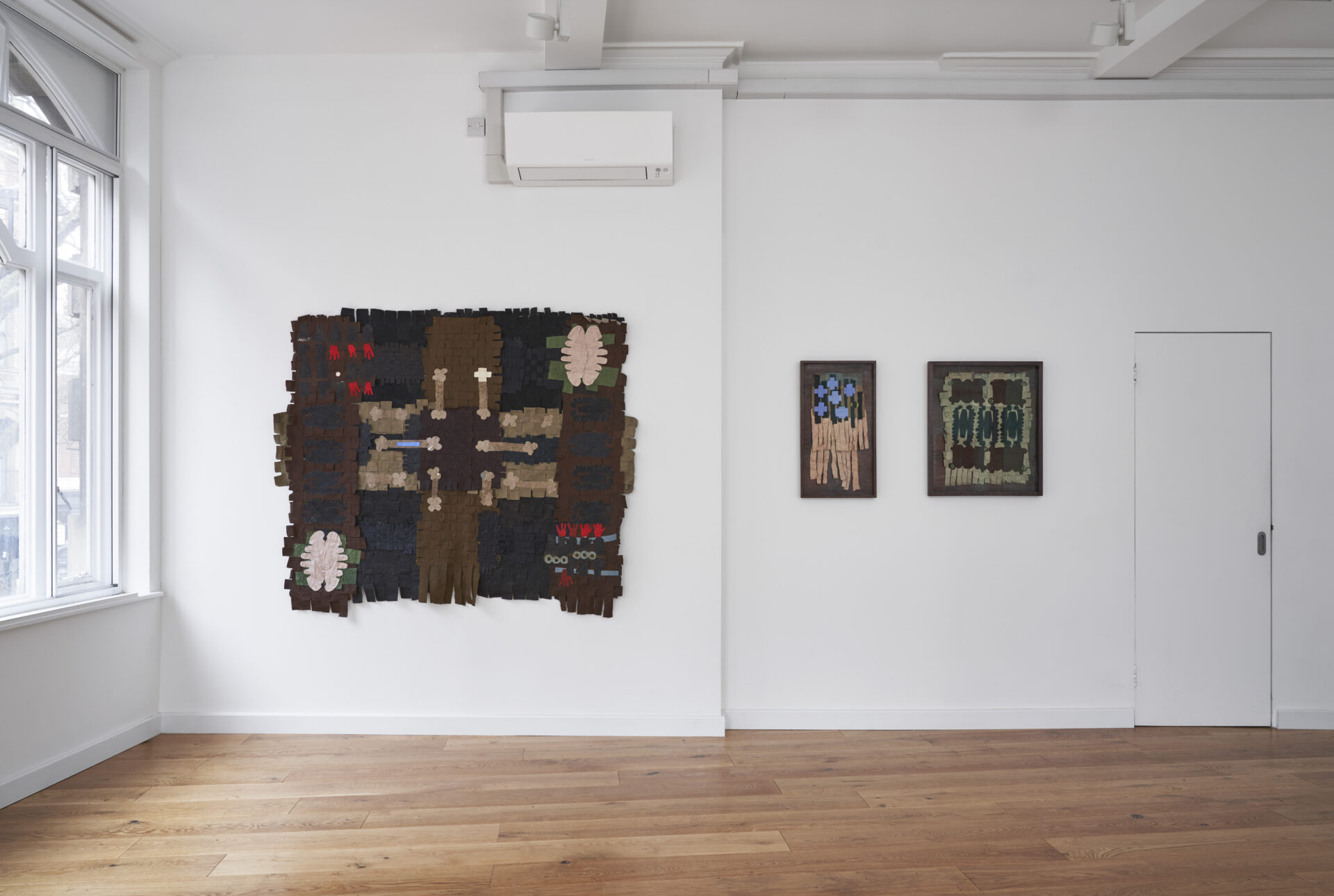
Exhibition view, ‘Orion’, Cedric Bardawil Gallery, London, 2024. Photo: Peter Otto
PA: The title of your work that has stayed with me the most is Suffering – Good News. For some reason, I have a feeling that this phrase wasn’t whispered to you by BBC Radio 4, but was something you came up with yourself. There truly is an abundance of suffering everywhere: on the BBC, in our memories, on the horizon. It also flickers through your work, often concealed beneath layers of bright colours, Pop Art-like gloss, and witty titles. This duality even leads to moments of absurdity. Like that time when I came across the title of another one of your works, Blueberry Meadow. Already familiar with your ‘habits’, I naturally thought of Bergman, and wondered what to ask about him. But then, with slightly sad eyes, you told me it was about domestic violence. And in moments like that, all that’s left is to laugh … and cry. How do you perceive and reflect on these contrasts? Both in the art world and beyond?
EJ: Since my childhood, a few dilemmas have stayed with me, and one of them is the notion of suffering for beauty. My grandmother would always remind me of this while painfully combing my hair, telling me it was all for the sake of my appearance. That reminder later extended to various situations in life: beautifully styled hair was meant to lead to a beautiful family, beautiful children and a beautiful home. I don’t say this to my daughters, and they often walk around with slightly messy hair, but that’s fine. They’ll fix it however they want, or not. I stopped combing my hair long ago.
As for Bergman, he’s impossible to erase from my consciousness. He has undoubtedly shaped my understanding of the world and the way I perceive experiences. In my work, reality and fiction, imagination and truth, the mundane and the dreamlike, history and the present, all intertwine. Everything in my canvases, especially in the patchwork pieces, is layered with ambiguity, complexity, and even tragedy, but wrapped in delicate leaves and flowers. Blueberries and other natural elements frequently appear in my work, often rooted in Renaissance symbolism, precisely because of their richly mutable meanings. Our exhibition ‘Shuttle and Twill’ inevitably reflected the everyday and domestic life, which is one of my core realities. Recently, in my solo exhibition ‘Orion’, I returned to the theme of daily life at home, particularly focusing on my older daughter’s room: her collection of discarded objects, reimagined forms, and their layered meanings.

Eglė Jauncems, ‘Extra Riche Reparatrice’, oil on linen, 100×130 cm., 2023. Photo: Peter Otto
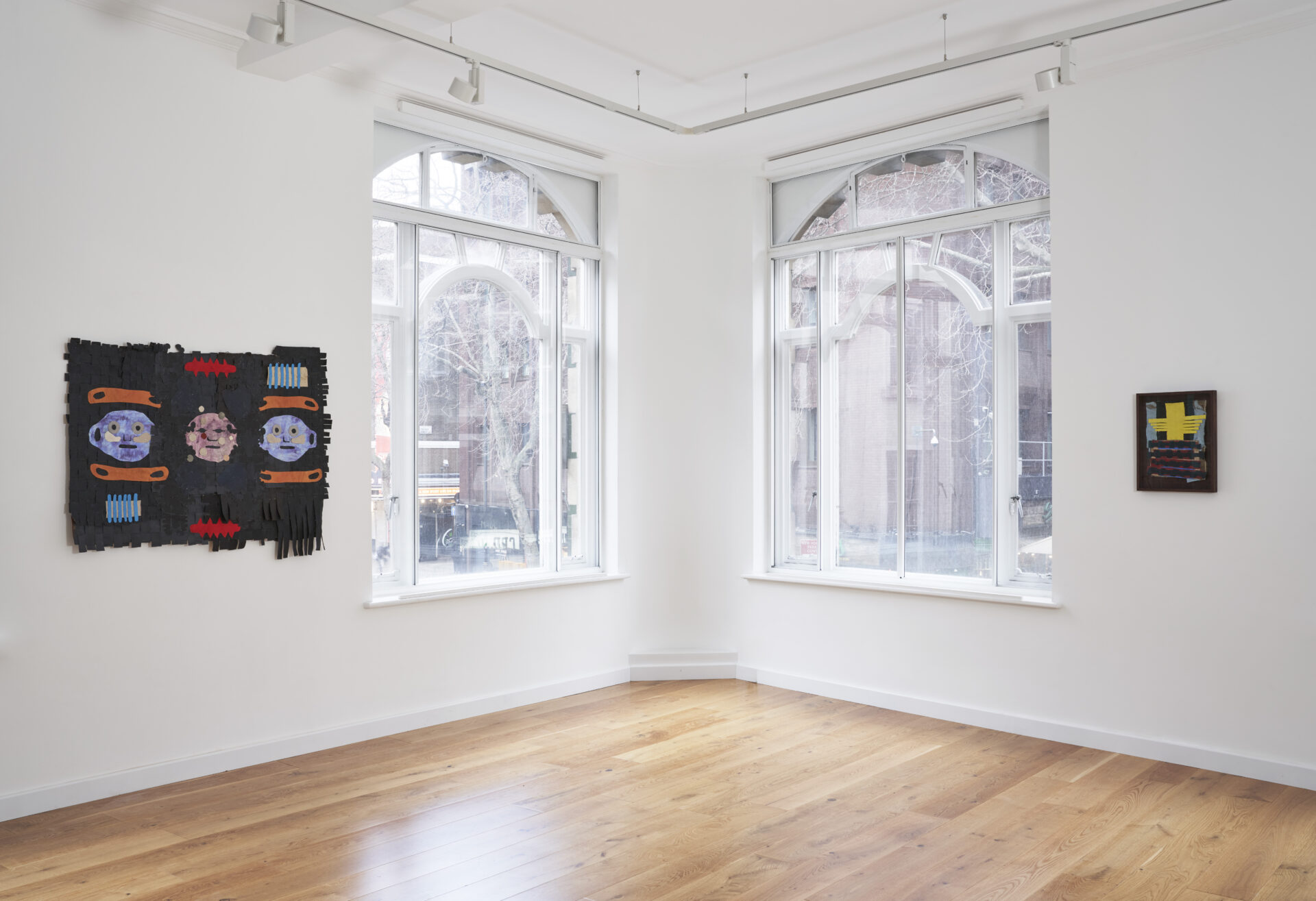
Exhibition view, ‘Orion’, Cedric Bardawil Gallery, London, 2024. Photo: Peter Otto
PA: There’s a literary undercurrent flowing here as well. In this exhibition, you called one of your works Ole-Luk-Oie after Hans Christian Andersen’s tale ‘Ole Lukøje’. In the story, Ole Lukøje comes to children at night with two umbrellas under his arms. One has a canopy adorned with colourful images, and the other is plain and grey. Over good children he opens the first umbrella, and they dream fantastic dreams. Over the naughty ones, he opens the second, making their sleep heavy and dreamless. Interestingly, Ole Lukøje has a brother with the same name, also known as Death. This brother visits people only once, carrying them away on his horse and telling them one of two stories: joyful or bleak. Folklore often presents this dualism, the clear opposition of light and darkness. Meanwhile, the waters of your creative world are murky: it’s unclear when to smile and when to feel uneasy. As is often the case, it probably depends on the perspective. From what depths did the ‘Orion’ works emerge, and what kind of stories do you tell your two daughters? How would you connect this exhibition to your own childhood?
EJ: The ‘Orion’ exhibition emerged from thoughts that come to me as I put my daughter to bed in her small room. My world has shrunk since having children. Home, the mundane, her room: they’ve become the centres of my existence. My perception of time has shifted, as have my priorities and possibilities. Yet while my daily life feels claimed, my dreams and imaginings remain. Every evening, as I lie in her bed, I stare at the plastic neon stars stuck to the ceiling and walls, which she arranged with my husband. Naturally, I drift off into other worlds. Sometimes the reflections are beautiful, but at other times the thoughts become uncontrollably frightening, like a union between ‘Orion’ and ‘Ole Lukøje’, if you like.
It so happened that I became deeply interested in consumption tied to my child: the packaging from toys, socks, shirts, hats, toothbrushes, and more. I started collecting these items five years ago, accumulating intriguing bits of trash in my studio, which I’ve used to create patterns and patchworks. Her room could be described as a concentrated cosmos of love and consumption. My own childhood was entirely different, but for the exhibition I also incorporated discarded items sent to me in packages from my mother. The image for the ‘Ole Lukøje’ piece, for instance, was created from a moisturising mask that my mother frequently includes in her parcels.

Eglė Jauncems, ‘Sunset / Sunrise / PB 25-27’, oil and paper, 46×37 cm., 2023. Photo: Peter Otto
PA: Your work undeniably bears the hallmarks of both Arte Povera and Pop Art, largely tied to those seemingly worthless objects to which you give a new life. At the same time, your creations also reveal the influence of Old Masters like Rembrandt, as well as ethnographic motifs such as traditional weaving.
How do you manage to balance and integrate all these elements into a harmonious flow? What is your goal when creating an artwork, and how do you determine when it is complete?
EJ: I sometimes joke that Arte Povera is probably the closest match to my practice, as my studio operates on a circle economy: I drag everything in, collect, remake, and repurpose. My workspace is a chaotic mix of colourful scraps, needles, and odd-shaped bits of debris. Even finished works are often dismantled, because I end up needing a particular colour or detail from them. So, it’s hard to say when a piece feels complete. Most of the time, my works have no definitive end. It often seems their purpose is to remain unfinished, to exist as living organisms. Over time, not only does the pigment change, but my paintings also crumble, warp, sag, and collapse, and that’s how it should be. I don’t intentionally ‘juggle’ anything. I’m actually quite critical.
In truth, my work is grounded in the principles of traditional painting. I’ve spent a significant amount of time studying the techniques of the Old Masters, and today my chaotic daily life is interwoven with the influence of Rembrandt, Titian, Velázquez, Christen Købke and Karel Dujardin, as well as Petronėlė Gerlikienė, Henri Rousseau, Walter Sickert, Michael Portnoy and Ragnar Kjartansson. In my mind, there’s always better and more interesting art than what I create. While studying weaving, I often reflected on the origins and possibilities of the canvas, interpreting painting in both contemporary and traditional contexts. In the past, I might have sought to prove certain truths, but today, I simply walk the streets and try to live by Daoist principles.
PA: You spent a significant amount of time in the east, which is a fascinating chapter in your life. Can you reflect on how those Daoist principles and lessons from the east have permeated your life and artistic practice?
EJ: I earned my first BA at Vilnius University, studying sinology at the Centre of Oriental Studies. I was fortunate to win a scholarship that allowed me to spend my third year studying in Taipei, where I not only had the chance to improve my language skills but also to study Taiwan’s ethnic minorities. Knowing Chinese opened up limitless opportunities for me. While in Taipei, I began learning sewing, appliqué, drawing, papermaking, weaving, and understanding colours, studying both with Taipei monks and people from remote villages in China. One could say this chapter of my life, which was intended to open a new page in my adult career, brought me back to creativity, this time replacing music with visual art. I don’t romanticise Asia or the time I spent there. On the contrary, while travelling, particularly in China, I was deeply moved by the culture of consumption, the neglect and disregard for tradition, the aggression, and the brutality of everyday life. Loneliness also played a role in my decision to return home and start again. In hindsight, those five years of studying and living in Asia were among the most significant in my life.
As for eastern philosophy, I was especially fascinated by my studies under Professor Loreta Poškaitė, with whom I still maintain contact. I understand Dao as walking the path of development, which leads to harmony with one’s environment and its phenomena, both mystical and mundane. Equally fascinating to me were Confucianism and Buddhism. In Taiwan, those three philosophies are deeply intertwined and woven into everyday life. I spent a great deal of time in temples and monasteries, simply observing the rituals and people’s behaviour. What struck me most was the silence and restraint, which left a lasting impression.
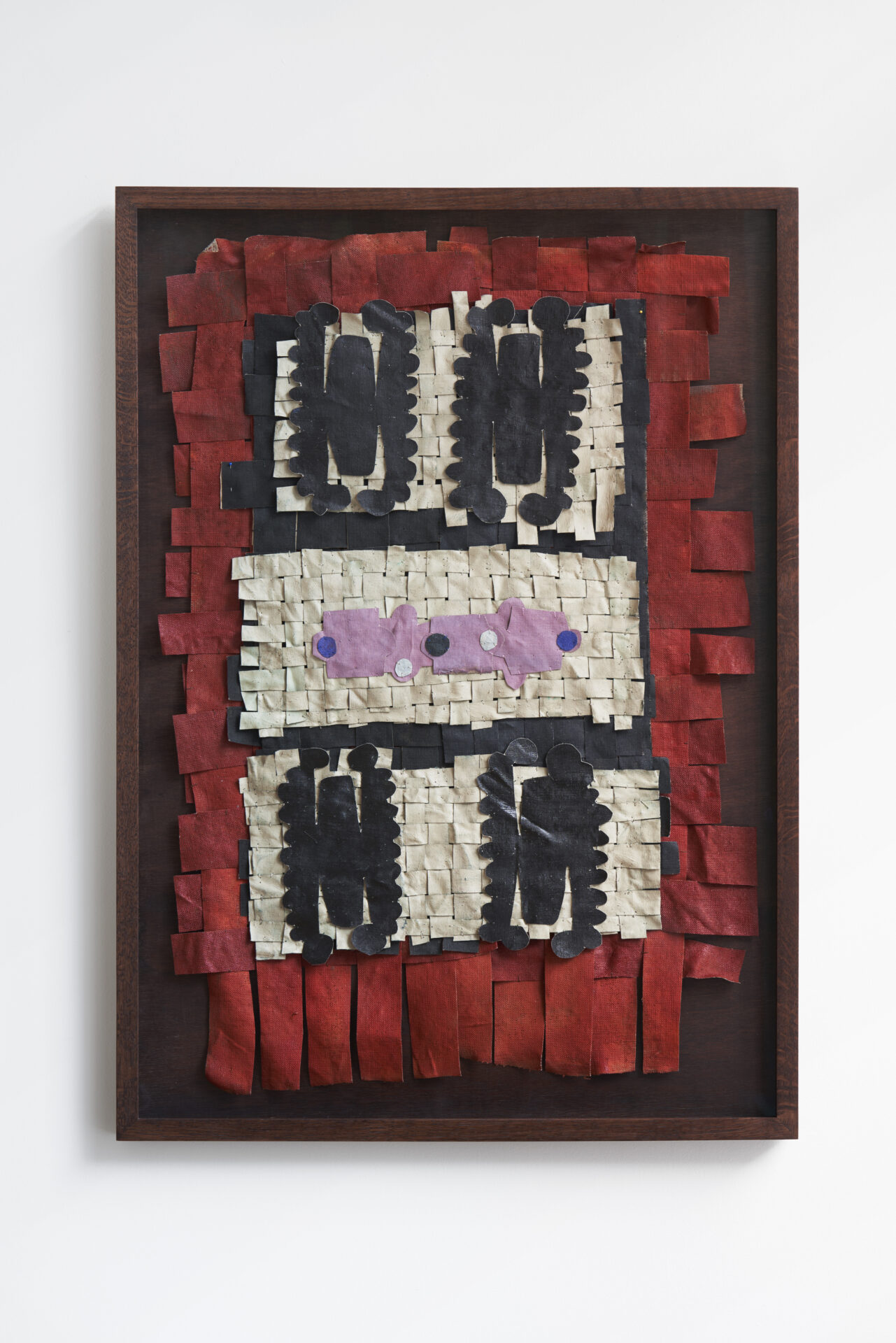
Eglė Jauncems, ‘Walls on Doors / Free Pattern’, oil on linen, 88×63 cm., 2023. Photo: Peter Otto
PA: You are part of the London art community, and also maintain a foothold in exhibitions in Lithuania. How would you compare these two contemporary art scenes? Additionally, as someone who spends your free time immersing yourself in well-established art exhibitions, what trajectories do you see contemporary art taking today?
EJ: When working and relaxing in Lithuania after arriving from London, it usually takes me a few days, sometimes even a whole week, to adjust to the local pace, the distances, and time management. In London, everything feels much more stressful, faster and competitive in every area.
Speaking of art-related communities, I haven’t noticed significant cultural differences when meeting like-minded people. Perhaps it’s even unfair to compare them. Lithuanians have always been highly mobile, open, and followers, carriers and creators of various global trends.
As for the trajectory of contemporary art, everyone has their own perspective. I’ve noticed that contemporary art risks becoming a very safe amusement park. And it’s not just the artists who are responsible for this trend. Phyllida Barlow, in her interview with Ben Luke, made a very astute observation. She pointed out the danger of art transforming into an alternative entertainment platform, where the focus shifts to the artist’s identity, image and career trajectory, while the work itself, stripped of substance, becomes a temporary attraction for viewers’ cameras.
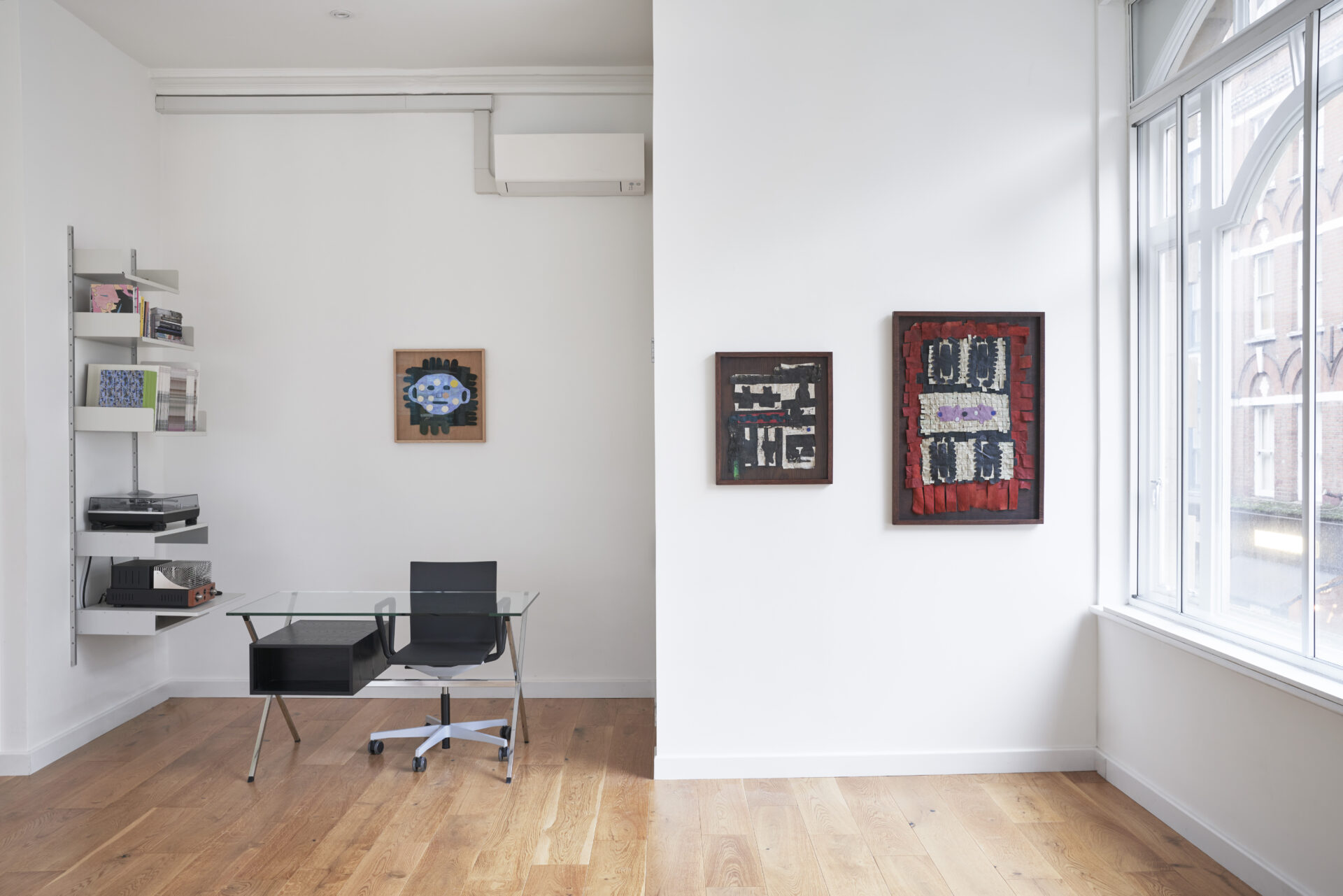
Exhibition view, ‘Orion’, Cedric Bardawil Gallery, London, 2024. Photo: Peter Otto
PA: Considering that our conversation might be read by young people, is there anything you would like to wish young artists starting their careers on the art scene?
EJ: Be positive, open, and most importantly, not judgmental of others. When I was finishing my studies at the RCA, one of my professors wished me perseverance, and warned me that it wouldn’t be easy.[2]
[1] The Pale King is an unfinished novel by David Foster Wallace, published posthumously in 2011. The first novel by James Joyce, A Portrait of the Artist as a Young Man, was published in 1916.
[2] Royal College of Art.
